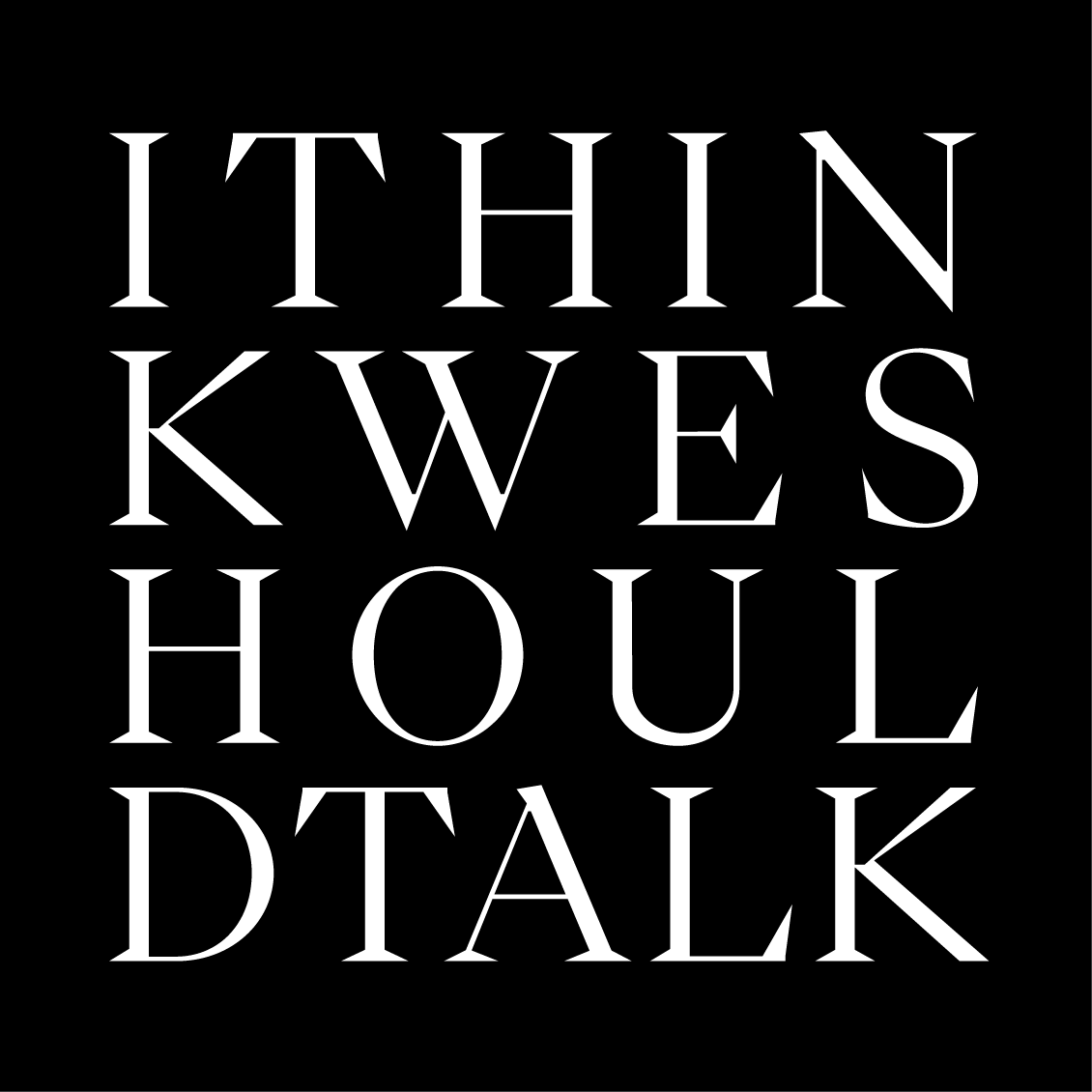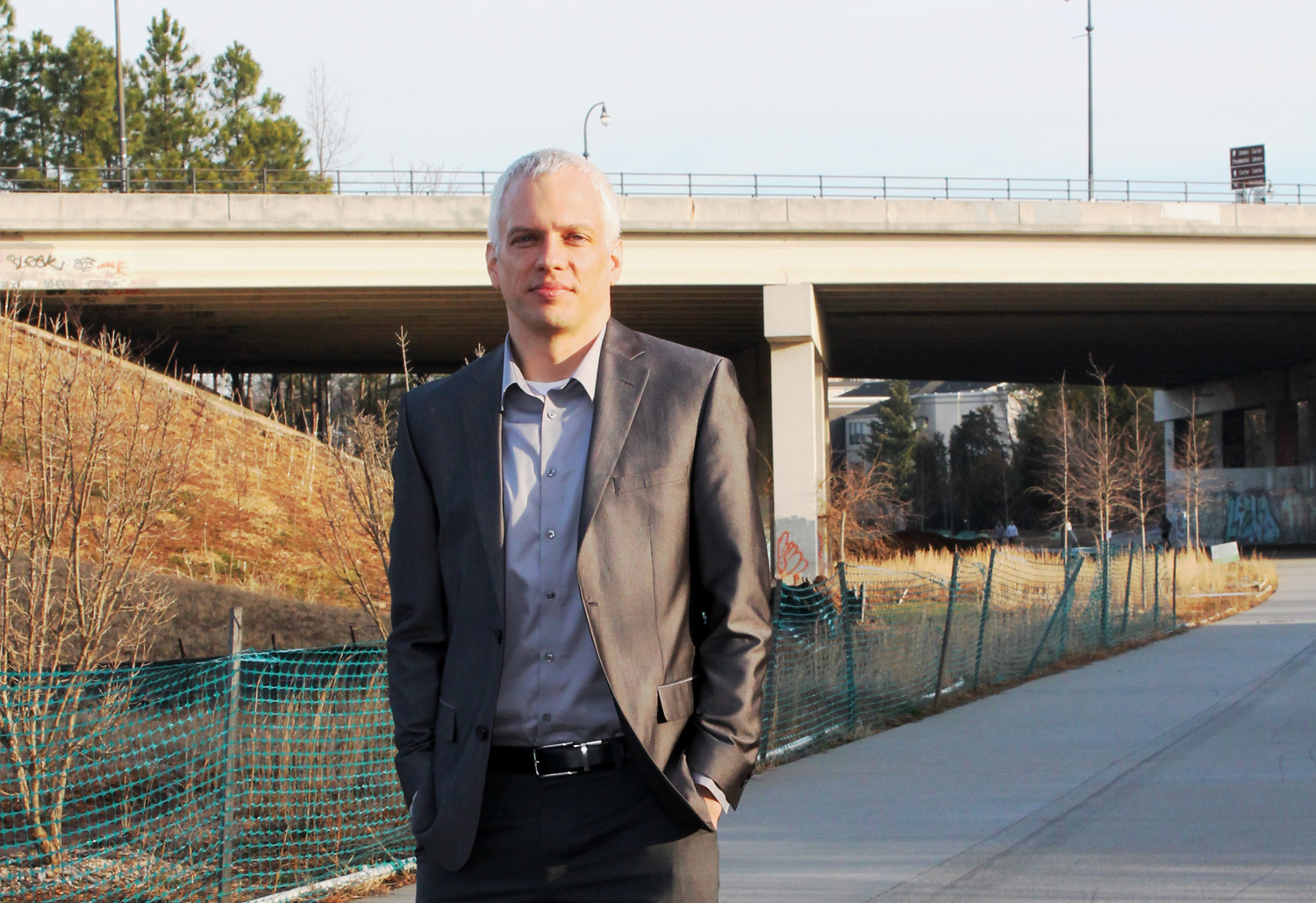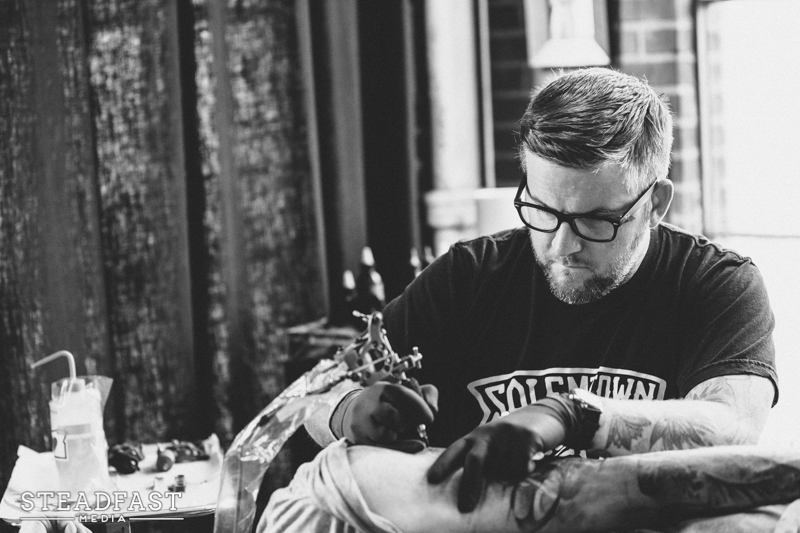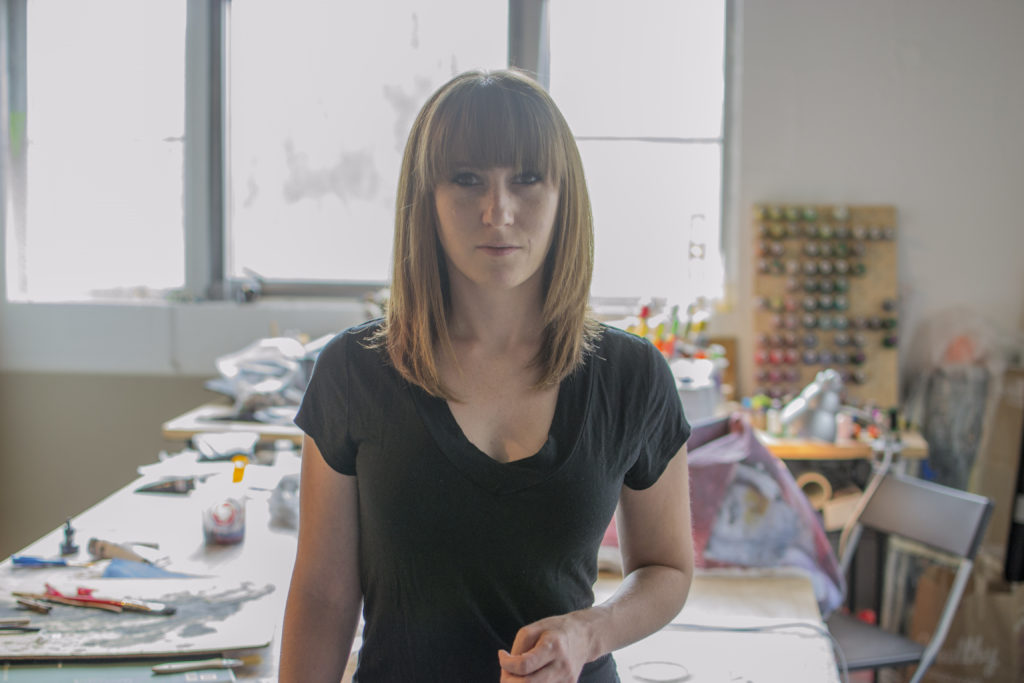Ryan Gravel —
The Atlanta Beltline project has gained recognition around the country as an infrastructure project that was originally little more than an idea presented by Ryan Gravel—now an urban designer at Perkins+Will in Atlanta—in his joint graduate thesis. The Beltline has become the most comprehensive transportation and economic development effort ever undertaken in Atlanta, providing a network of parks, multi-use trails and transit along a historic 22-mile railroad corridor circling downtown and connecting many neighborhoods directly to each other. In other words, it’s a game-changer for a city like Atlanta.
Ryan and I talked recently about process, which goes well beyond having a radical idea. It’s about going places, seeing things, and meeting people. It’s also about finding the comfort in not knowing the answers and accepting what you find when you get down to it. Process may not involve producing anything other than the explicit permission to create the kind of world where you want to live.
Paul
I think your work is highly creative, contemplative, and far-reaching. What does the creative process look like for you?
Ryan
It’s not something I think about consciously. Thinking about it now, there are three main components that could apply at a scale of a lifetime, but also at the scale of a particular project.
The first is exposure: just going places, seeing things, seeing how other people do things. Paying attention to the world. Traveling. Talking to people. There’s this concept called the "dérive" which is sort of wandering around the cityscape, looking at things or being drawn by the city to discover. Observing the world. Just being aware of what’s going on politically, culturally, physically. The Physical condition of a city is something I’m particularly interested in.
I’m kind of sensitive. A lot of people think emotional sensitivity is a weakness but I think of it as a strength. Most people don’t make decisions because of technical reasons. They make them because it either makes them feel good or not. If you’re trying to shape the world in a way that suits people, you need to be able to understand that. It makes you able to empathize with people and anticipate issues and see things coming before they’re there.
Go places. See things. Meet people. If there’s a place, I need to go to the place. If there are people involved, I need to meet them and hear from them. I’m a big believer in being present.
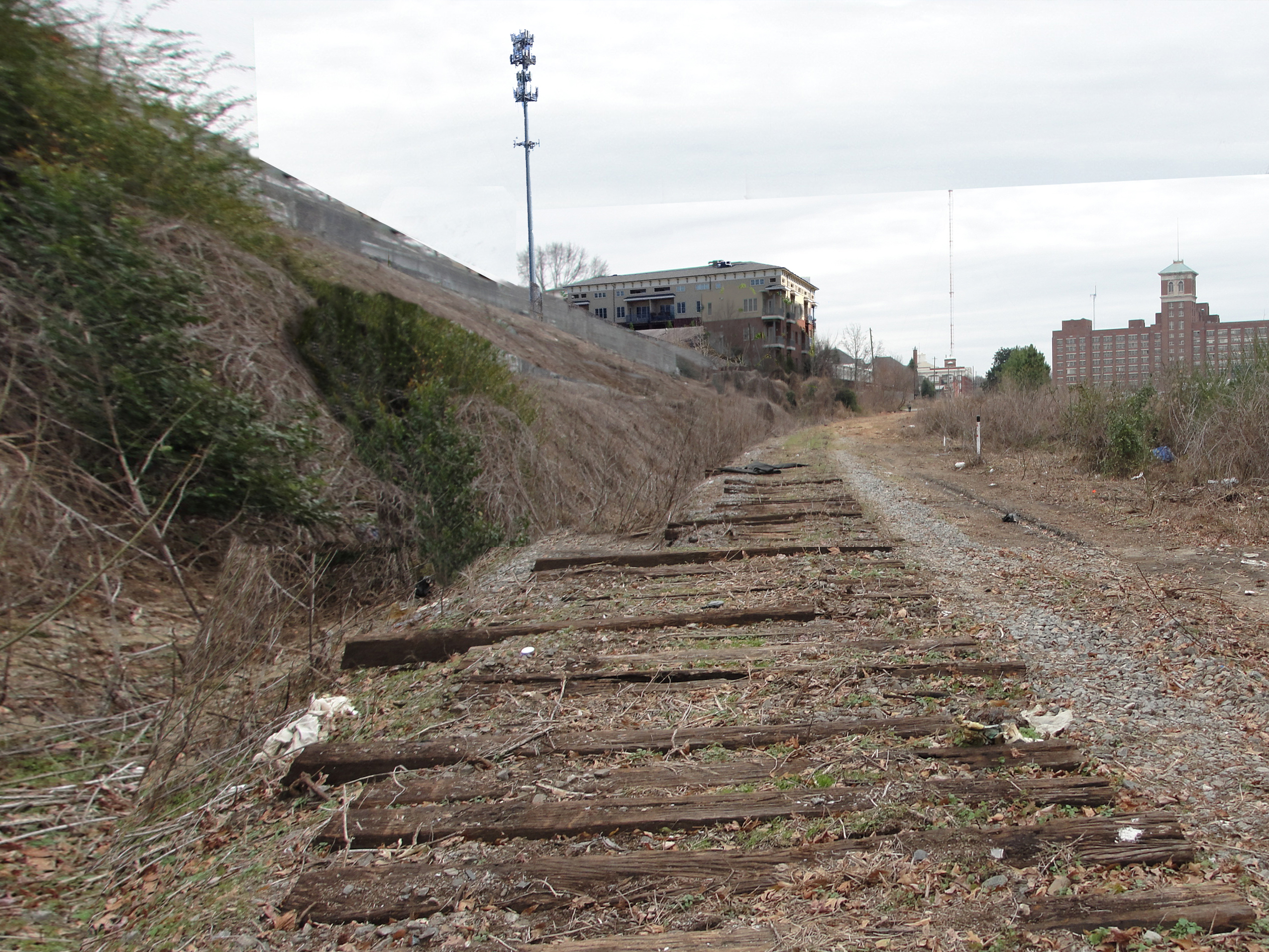
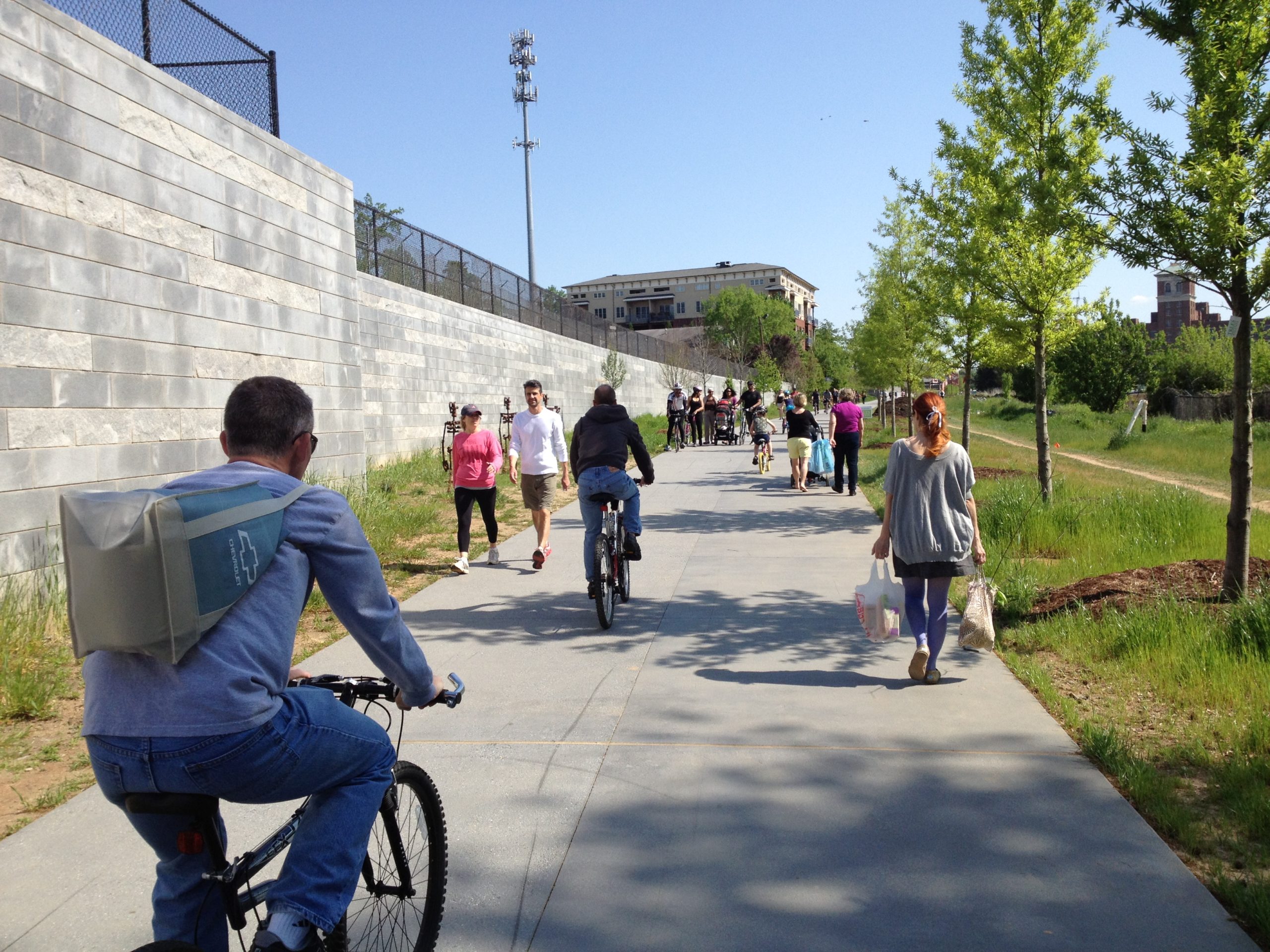
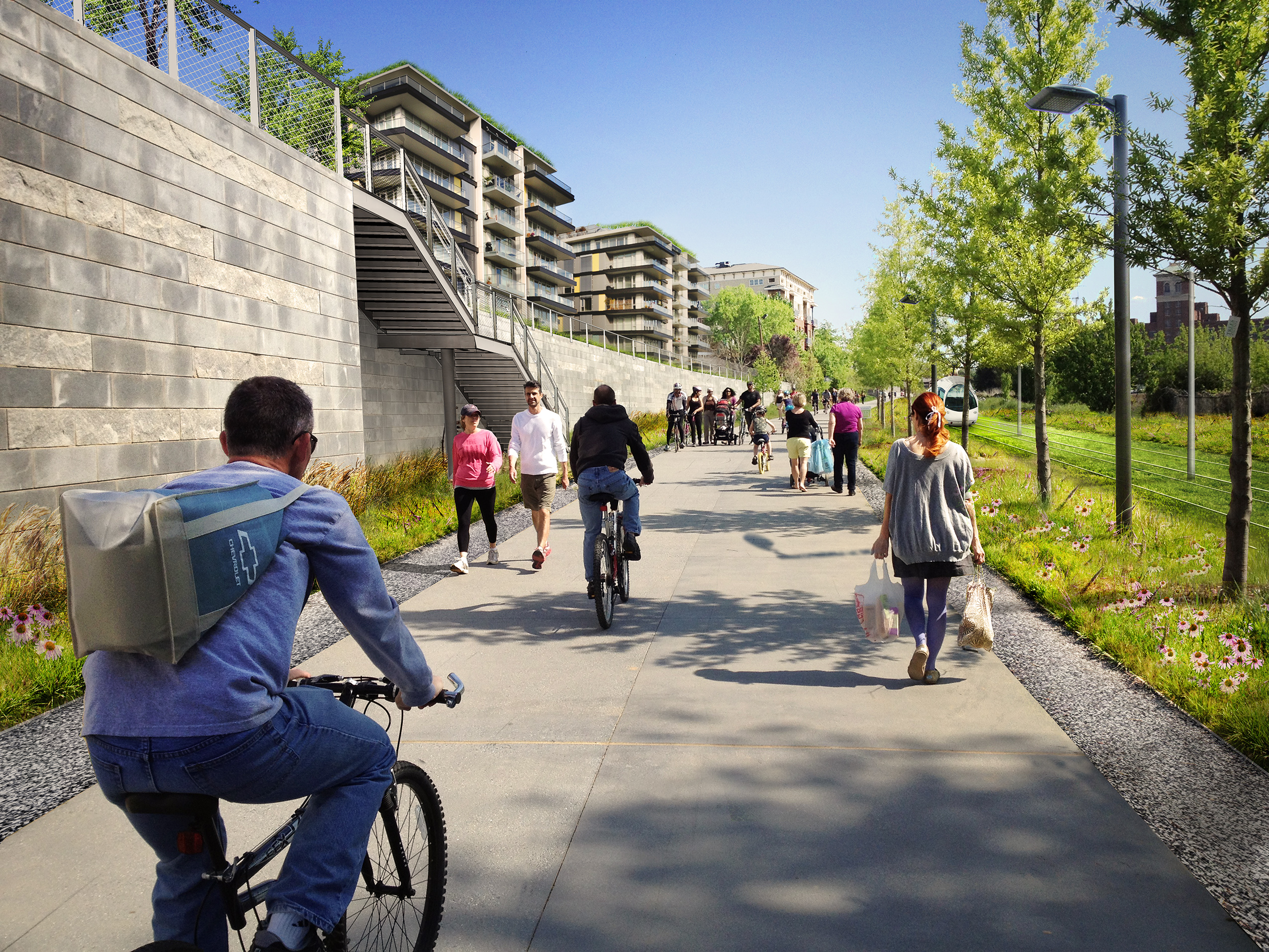
Ryan
There was one woman in front of me and she was carrying her groceries (center image) and in the process she was completely validating everything we ever said this project would do in changing the way that people live their lives. And it’s changed my life.
The second part is noodling on things. Carving out time for things that aren’t urgent, but still important. They’re the things that matter. They may not be the things pressing you day to day—deadlines or whatever. But really making sure that I have time to think about what’s important and what I want to do and what I’m interested in and where the world is going.
Time to process. If you’ve exposed yourself to a lot of things, you need time to process and connect dots to what all that means. Not just what people are saying, but what they mean by what they’re saying. Crafting a story or narrative around that to think ahead about what’s next.
The blank slate is a myth. There’s always something to work off of or start from.
I think it is important to be comfortable with not knowing.
Ryan
The third part is engaging. Experimenting with things. Doing stuff. Not waiting until we know all the answers. And not thinking that we’re going to analyze all the data and know what the answer is. I think data can help shape and inform answers, but at the end of the day it’s meaningless unless you interpret it and do something with it. Experiment to see if it works, and admit when it doesn’t work.
I don’t know if that technically qualifies as a process, but it’s a way of going about doing things.

Atlanta Beltline Map
Paul
A lot of people go into a project with a hypothesis that they’re trying to prove. I find myself looking for all of the answers before I settle into my own creative work. It's a lot like the tail wagging the dog.
Ryan
I think it is important to be comfortable with not knowing. And to be honest with yourself, admitting when you're wrong. Or when you need to change course.
Paul
Now, you grew up in Atlanta. You’ve had plenty of time to observe and listen to what people are saying. I'm sure that had to be a major influence on the Beltline.
Ryan
Yeah. What I was interested in at school was the relationship between the infrastructure that we build and the way that we live our lives. If the old street cars that came out of downtown created neighborhoods like Virginia Highlands and Grant Park and West End. If the interstate highway system created a fundamentally different kind of urban growth pattern, but in exact the same kind of way… how do we create a system that would revitalize these communities in the city, leveraging their innate assets and giving them a new life.
I grew up in the suburbs. We drove on I-285 every day. We went to the mall. That was just our way of life. It wasn’t bad. It was a very clear relationship there. We couldn’t take transit because there wasn’t any until the MARTA train arrived, but even that you had to drive to.
When I moved downtown to go to Georgia Tech, I was fascinated by the gritty industrial side of town. I’d always liked railroads. It was interesting to me. There were lots of people who were different from me, and that was interesting to me too. I got a couple of early jobs that took me all over the city. I got to know the neighborhoods really well.
Go places. See things. Meet people. If there’s a place, I need to go to the place. If there are people involved, I need to meet them and hear from them. I’m a big believer in being present. Pretty clearly, it’s that I want to create a place where I want to live.
Paul
It feels like "Process" with regards to the development of the Beltline had much more to do with building community and culture, rather than simply with connectivity. Your blog's tagline is "The infrastructure of our lives" and I think that says a lot just by itself. Tell me more about what inspires you as you're examining opportunities with culture and community and connection with the Beltline?
Ryan
Pretty clearly, it’s that I want to create a place where I want to live. Our lives are about more than moving from point to point. Our lives are about our economy and our health and our social lives and our interpersonal relationships and all kinds of things. That life is supported by the infrastructure systems we create. An infrastructure project—whether it’s a street or greenway or sewer—does more than just convey water or people. It creates the foundation for our way of life. The old street cars created one way of life, the highways created another. If we can envision some future way of life that we’d all love to live in, we should ask ourselves 'What are the infrastructure tools we’d need to implement to achieve that vision?'
This question is especially interesting in a place like Atlanta which is quite deficient in the infrastructures that support that way of life—things like transit and parks and greenways. It’s a cool challenge to think of how you can catalyze that kind of change. It’s more than just their physical absence. The bigger challenge is the politics. We collectively-culturally don’t value those things that much, so we don’t pay for them. And we don’t support candidates who have that on their platform. How can we change that condition?
I’m working on a book right now that describes that relationship between infrastructure and the way we live our lives. And it tells the Beltline story in the process, which is a great story that can be told a lot of different ways. It’s about the historical context of urban sprawl and how that really changed the way we live our lives since the 1940s and how we’re at the beginning of another big wave of change and the Beltline is part of that transformation to some other future way of life.
The Beltline is part of a larger story. You can see it emerging all over the country—from the beautiful High Line in New York to the massive and post-apocalyptic Los Angeles River. There’s been a grassroots movement since the 80s in LA where they’re turning the river into a conduit for urban life again. And they’re succeeding. In the last few years, they’ve made enormous progress. You can go kayaking out there now, which is pretty cool. They’re not only changing the physical form of the city, they're changing the way we think about the city.
I think it’s interesting that the model for combating urban sprawl is urban sprawl itself. Back in the 40s and 50s we didn’t call it sprawl. That word didn’t exist. We simply called it the future.
Ryan
There’s a quote that I really liked that inspired the Beltline. It’s by the Dutch architect Rem Koolhaas. He wrote a lot about Atlanta.
“The contemporary city...ought to yield a sort of manifesto, a premature homage to a form of modernity, which when compared to cities of the past might seem devoid of qualities, but in which we will one day recognize as many gains as losses. Leave Paris and Amsterdam—go look at Atlanta, quickly and without preconceptions.”
—Rem Koolhaas
Watch Ryan’s TEDx Atlanta talk: Building the City We Want to Live In.
